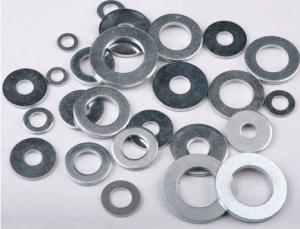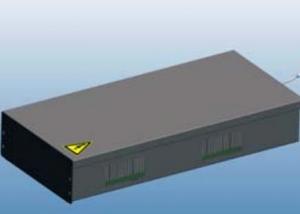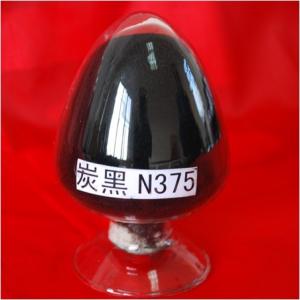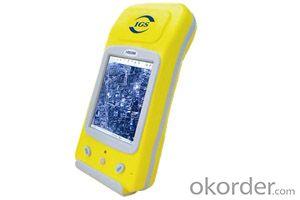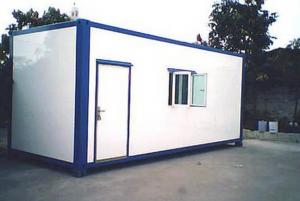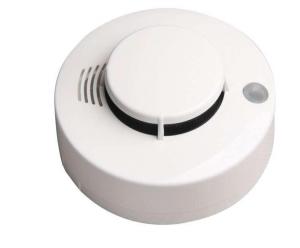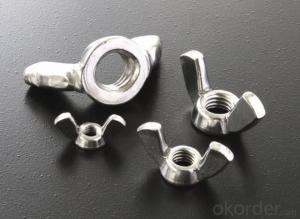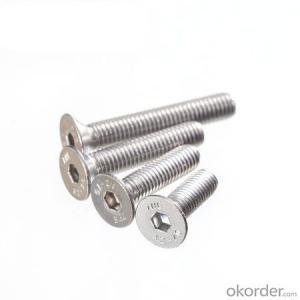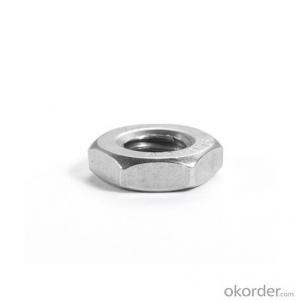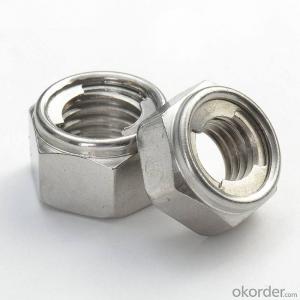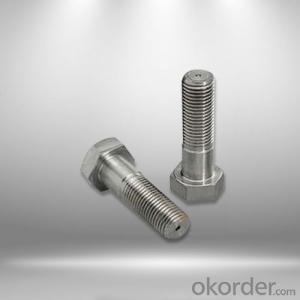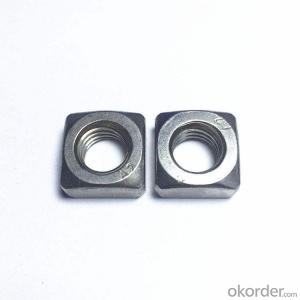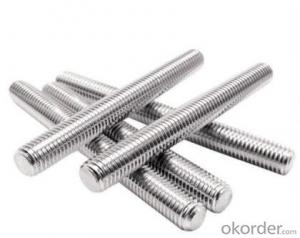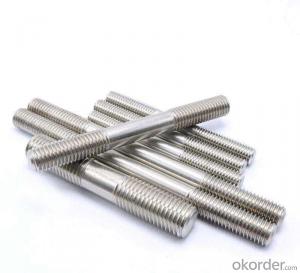Omniksol M248
Omniksol M248 Related Searches
omniksol m248 Omniksol 2.0K-Tl2 Amerisolar 250W Datasheet Milight Pc En10025 S235Jr Carbon Black N330Omniksol M248 Supplier & Manufacturer from China
Omniksol M248 is a range of high-quality products that includes a variety of components and materials used in various industries. These products are known for their reliability and performance, making them a popular choice among professionals. Omniksol M248 products are widely used in different application scenarios, such as construction, manufacturing, and engineering. Their versatility and durability allow them to cater to a broad range of needs, ensuring that they remain a top choice for many businesses and individuals.As a wholesale supplier, Okorder.com offers a comprehensive inventory of Omniksol M248 products. This allows customers to find the specific components they need for their projects, all in one convenient location. With a large selection of Omniksol M248 products available, Okorder.com is able to provide customers with the resources they require to complete their tasks efficiently and effectively. By offering a wide range of options, Okorder.com ensures that customers can find the perfect fit for their needs, making it a reliable source for Omniksol M248 products.
Hot Products
